I've been testing MTBs for over 30 years, here's the 5 must-have features I look for on a budget mountain bike
Our expert tester Guy Kesteven reviews mountain bikes of all prices and knows exactly what makes a big difference to your ride now and upgrade potential in the future. Here are his five essential items to look for when buying a budget mountain bike
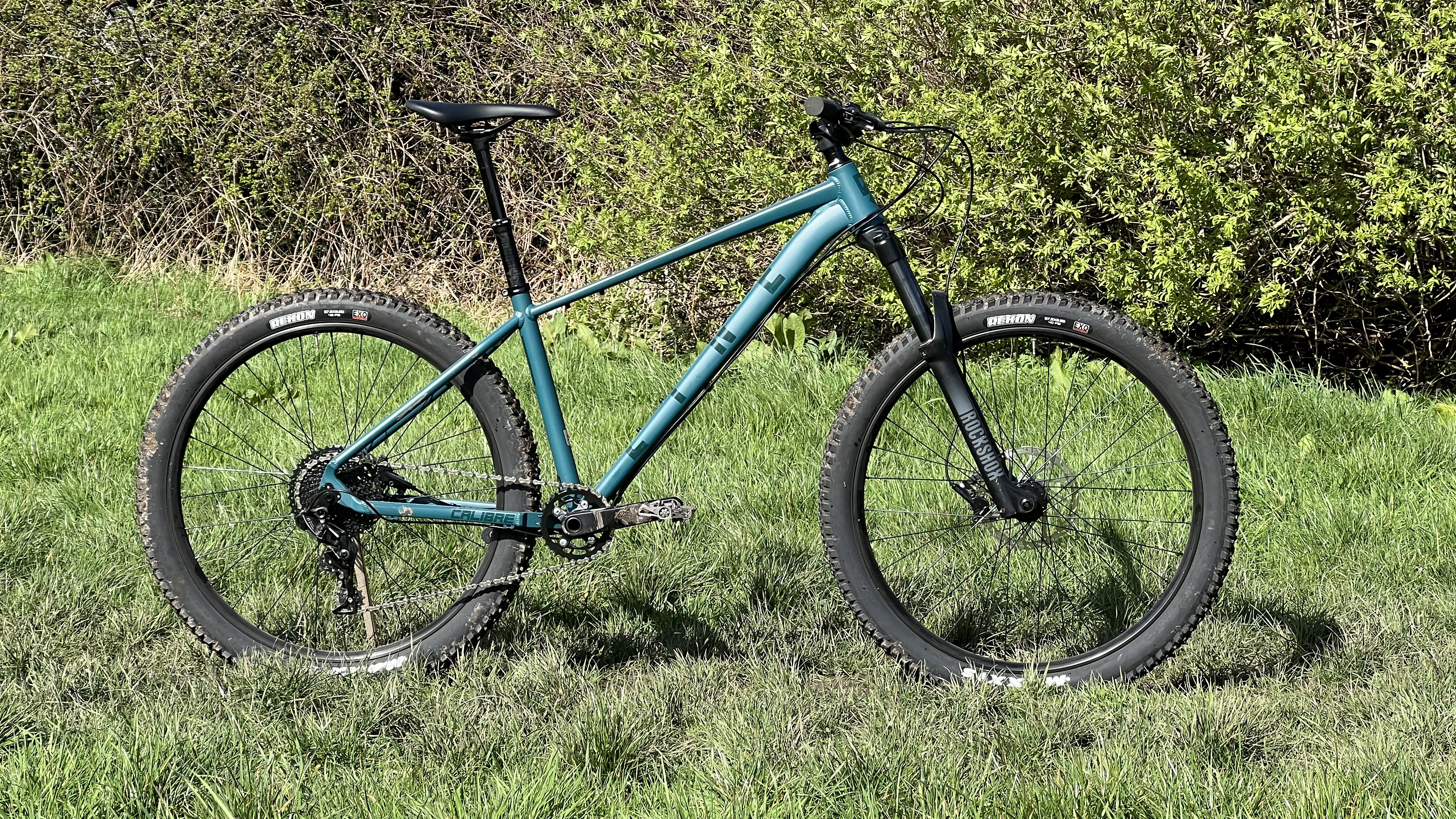
If you're in market for a new MTB, there are loads of budget mountain bike options to choose from. So how do you decide which ones are winners and which are losers. Not just now, but further down the line when you're hooked on trail time and want to upgrade parts or replace bits you've worn out?
Our ultra-experienced bike test editor, Guy Kesteven, reveals the five must-have features you might not think about at first but matter way more than component brands and amount of gears in the long run.
And if you're unsure whether to actually buy a new bike or not, Guy has also written a guide to 6 crucial signs you need a new mountain bike.
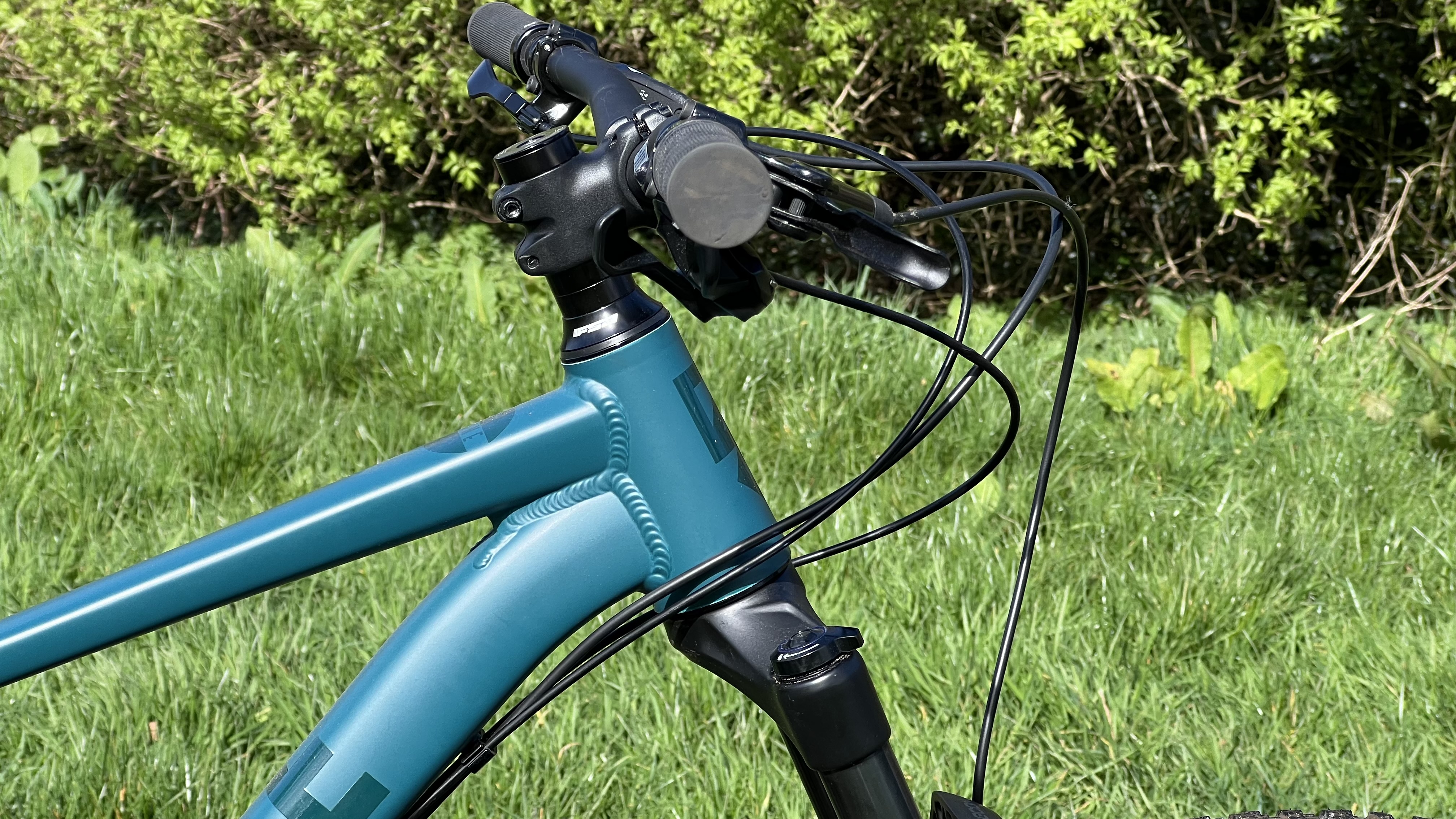
1. Good geometry
If the bike frame isn’t a good shape to start with, there’s nothing you can do to make it ride confidently so you can have maximum fun. Unfortunately, some cheap mountain bikes just re-use old, outdated frames to save money.
The really important number is the head angle. This is the angle the forks sit in the frame and the smaller that number is the more stable the steering of the bike will feel. For general trail riding, you want a 67-degree head angle or less. Otherwise, the steering will feel really nervous.
A generous reach – the horizontal distance from the center of cranks to the fork top – also helps stabilize the bike. My baseline numbers are 470mm for a large frame, 450mm for a medium frame and 430mm for a small frame. If you have to size up to get the reach you need, make sure you still have enough space under the saddle to fit a dropper post if you’re looking to upgrade to one in future.
Buyer beware...
To be clear here, we’re talking about the angles of the frame tubes – not the shape of the tubes themselves. They don’t really matter in the grand scheme of things, although be aware that big, square tubes will generally give a harder ride than skinny round ones.
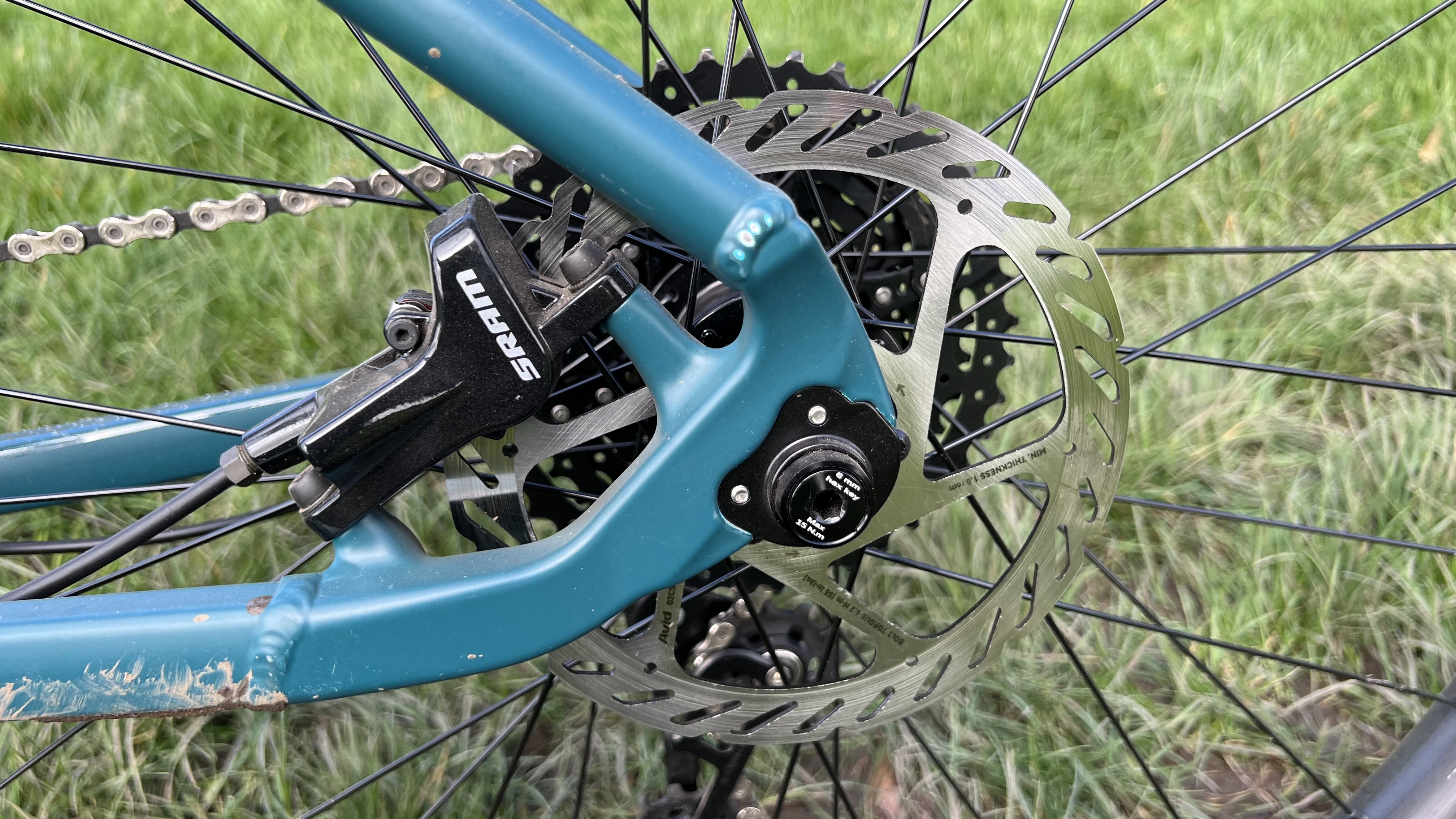
2. Disc brakes
Thankfully it’s been a long time since I’ve tested a mountain bike with brakes that rub on the rims to eventually stop you. That’s because disc brakes give much more consistent braking in wet weather or on dirty trails and have become the industry standard. Ideally, you want brakes that use hydraulic fluid as they self-adjust for pad wear, but wire cable-operated disc brakes are still better than rim brakes. For more, see our article on mechanical vs hydraulic disc brakes.
If your budget doesn’t stretch that far then at least get a frame and forks that have the attachment points for disc brakes already built in.
Buyer beware...
Check with the shop what sort of replacement brake pads you’ll need for your brakes. Most budget brakes share standards with Shimano but some are a special shape which can be hard to find.
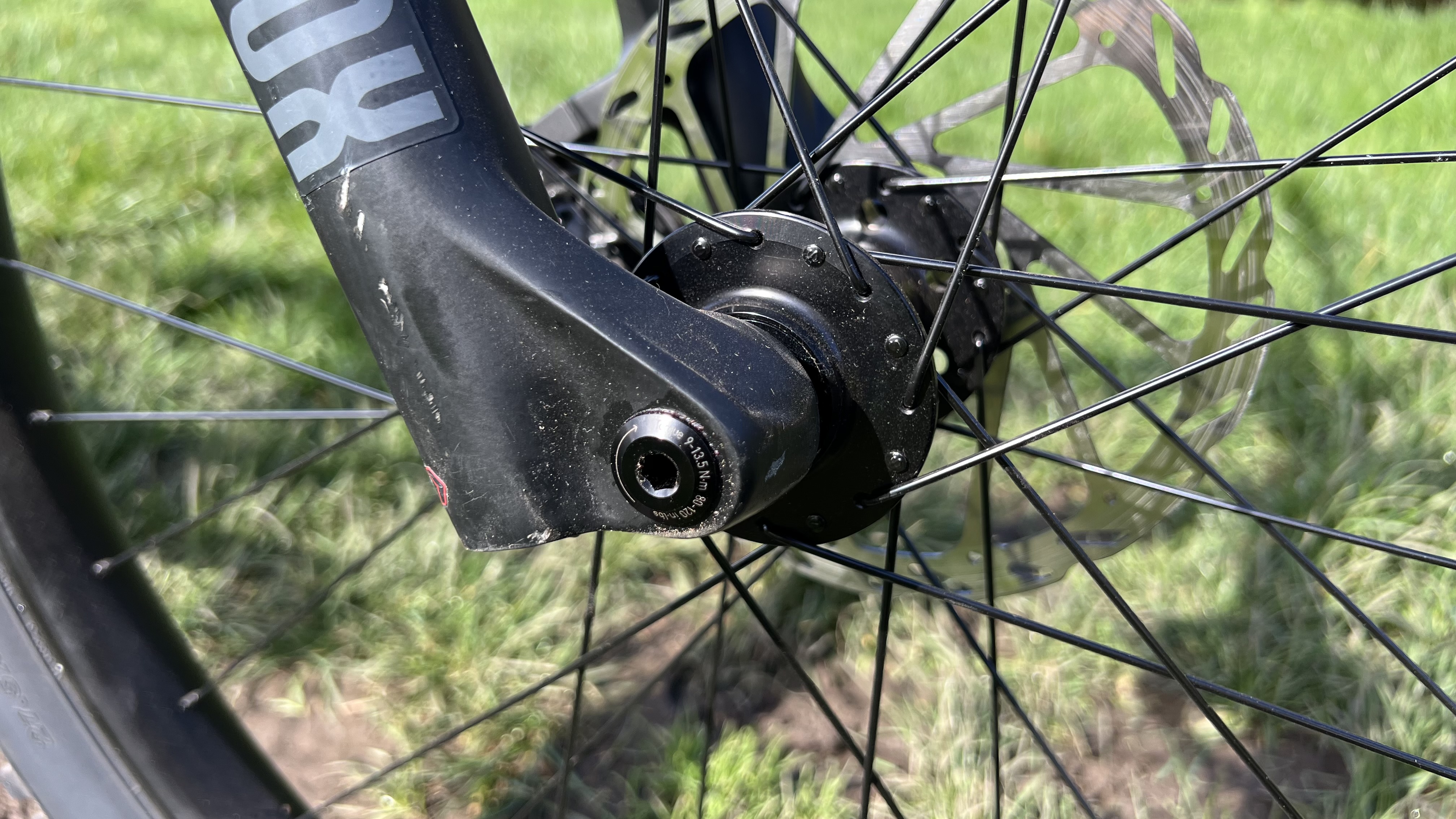
3. Through-axles
‘Through-axles’ that slide through solid ends in the fork and frame are a lot more secure than old road bike style quick release (QR) axles that sit in open slotted fork and frame tips. Ideally, you want them to be ‘Boost’ standard which means 110mm wide at the front and 148mm wide at the back too. This makes the frame and forks stiffer for more accurate control and makes it much easier to upgrade with better wheels in the future.
Buyer beware...
Even at $1,000, some of the most popular mountain bikes still have QR skewers with a skinny steel rod, not a thicker through-axle. Don’t be fooled by ‘standards’ like “Boost 141mm” either as they’re not a proper Boost fit and still use a QR skewer.
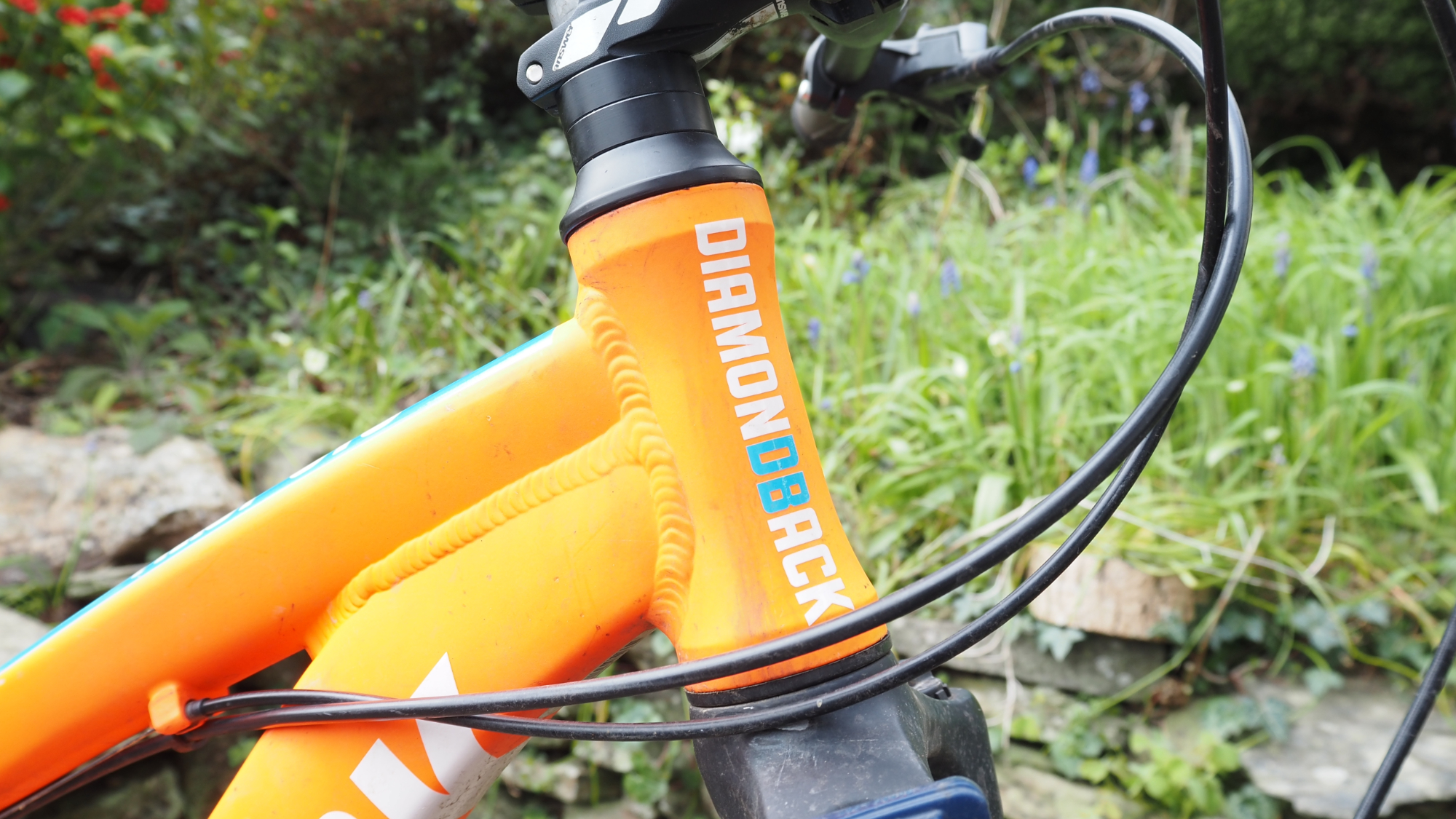
4. Tapered fork fit
Another future upgrade issue I still see hiding on some four figure price tag mountain bikes are skinny head tubes with skinny straight ‘steerer’ suspension forks. To be honest, the performance of these forks isn’t much worse than other similarly cheap models so you’re not losing out much at first. However, all better quality forks and frames use a ‘tapered' steerer with a larger bottom bearing as that design is lighter and stiffer, so you won’t be able to upgrade in the future.
Buyer beware...
Speaking of cheap forks, coil-sprung versions can feel great if you’re between 70-80kg in weight. However, if you’re lighter or heavier than that try and get a fork with an air spring that can be adjusted to your weight or how hard you ride.
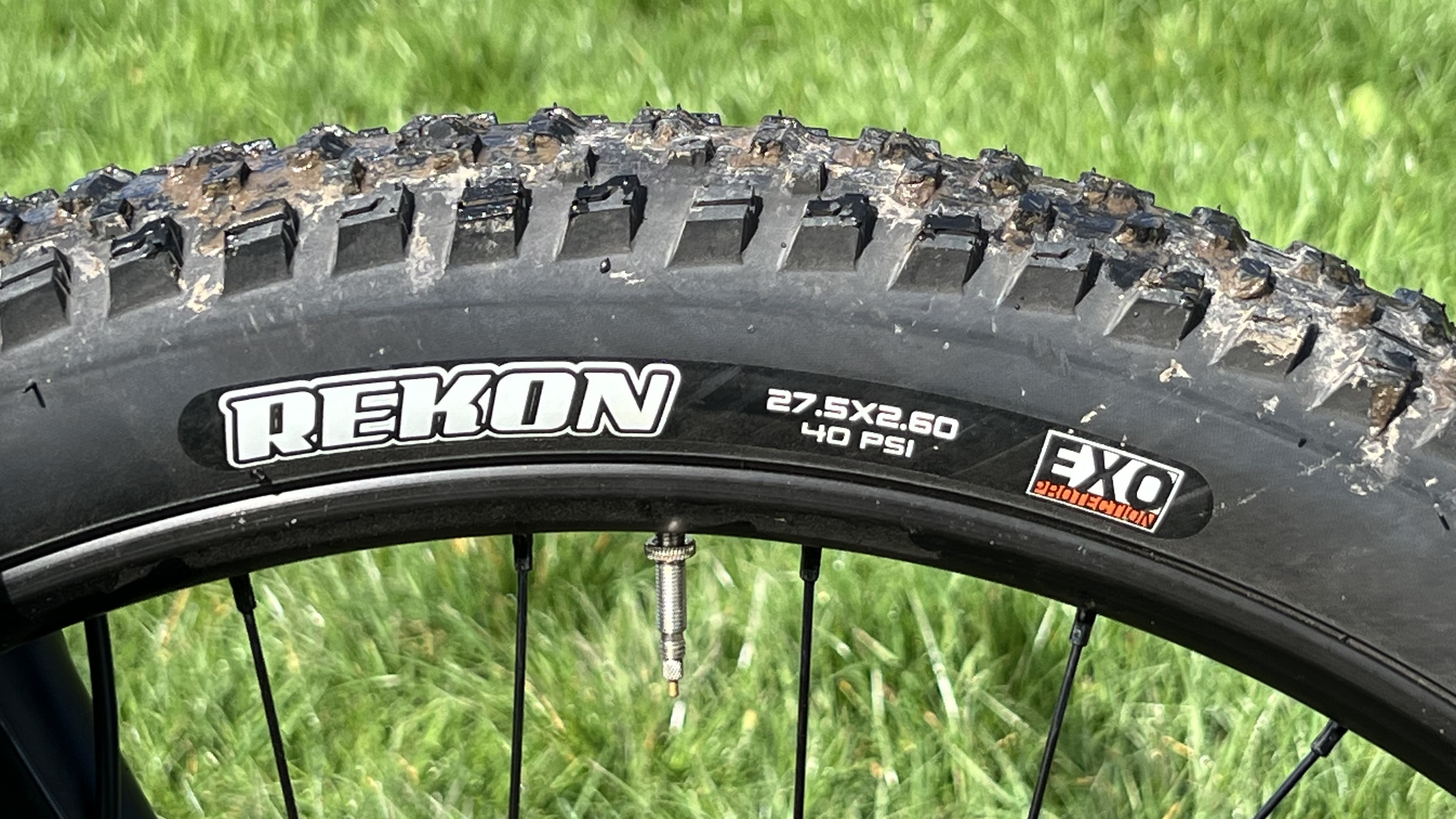
5. Twenty niner wheels
The final item on my wish list for budget mountain bikes is probably the most controversial one. Unless you’re buying an XS frame I’d say always go for 29-inch wheels if you can. Partly that’s because they roll a bit smoother and easier than 27.5in wheels so your bike will make you feel like a slightly better, fitter rider. You’ll generally find 29in wheeled bikes will have more up-to-date geometry too.
However, yet again the main issue is upgrading in the future. That’s because decent quality 27.5in wheels and tires – particularly front ones – are getting increasingly hard to find as most bikes switch to 29in.
Buyer beware...
The big issue with saying that you should always buy a bike with 29in wheels is that some of the best budget mountain bikes available now – like the Calibre Line or Jamis Faultline – still come with 27.5in wheels. Just to be really awkward, they often come with all the essential features listed above while some 29er bikes don’t. So in this case, feel free to ignore me about wheel size, just be sure to buy some spare tires while you still can (and while they’re being sold off cheap).

Guy Kesteven has been working on Bike Perfect since its launch in 2019. He started writing and testing for bike mags in 1996. Since then he’s written several million words about several thousand test bikes and a ridiculous amount of riding gear. He’s also penned a handful of bike-related books and he reviews MTBs over on YouTube.
Current rides: Cervelo ZFS-5, Specialized Chisel, custom Nicolai enduro tandem, Landescape/Swallow custom gravel tandem
Height: 180cm
Weight: 69kg
